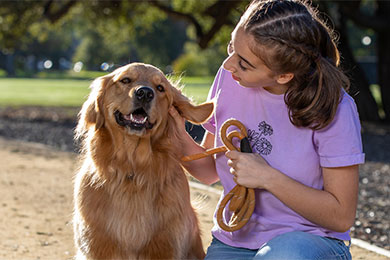Chubb HealthBeat
Chubb’s Claims department includes a team of dedicated registered nurse professionals with extensive experience helping businesses and organizations address health and safety issues. Our nursing team also supports employees as they recover from injury and illness — and return to work. In the spirit of promoting safe and healthy workplaces, our medical specialists developed this edition of Chubb HealthBeat to help your business and employees understand and prevent foodborne illnesses.
Celebrate safely by taking steps to prevent food poisoning
Company picnics, holiday parties, and offsite events are great ways to bring your employees together, encourage camaraderie, and celebrate together. The fun of your company event could be quickly forgotten, however, if employees contract a foodborne illness. Fortunately, you can minimize this risk to your workforce — and celebrate with greater peace of mind — by taking key steps to prevent foodborne illnesses.
What is a foodborne illness?
A foodborne illness, commonly known as food poisoning, is caused by consuming contaminated food, beverages, or water. According to the Centers for Disease Control and Prevention, an estimated 48 million people in the U.S. contract a foodborne illness every year. Most cases resolve themselves without medical treatment, but each year, about 128,000 people are hospitalized from food poisoning, and 3,000 die.1
There are more than 250 types of foodborne illnesses, most caused by bacteria, viruses, and parasites. Harmful chemicals and toxins can also contaminate food and cause illness.2 It’s also important to recognize that some foods can cause adverse reactions or even medical emergencies for people with food allergies.
Symptoms of food poisoning can include diarrhea, stomach cramps, nausea, vomiting, and fever.3 Depending on the source of the illness, symptoms can start within a few hours to several days of eating contaminated food, and can last for a few hours to a few days.4 If symptoms become severe or unusual, employees should be encouraged to seek medical help.
Four key steps to prevent foodborne illnesses
Whether your company is purchasing food at a deli, grocery store, or pizzeria; having an event catered; or hosting a potluck or barbecue, you’ll want food to be prepared, stored, transported, and served safely. This may mean providing instructions to employees for picnics and potlucks or asking prospective caterers about their food safety practices.
If you host an event at a restaurant, consider checking on the venue’s health department restaurant grade or inspection history. Many state and municipal health departments maintain restaurant grading systems that evaluate restaurants for their sanitary conditions and compliance with food safety rules. In some areas, health department inspection reports are publicly available for review.
Hiring food trucks has become another popular option for company events. If you go this route, confirm in advance of your event that each hired food truck has required licenses and permits — and that they follow food safety practices.
Regardless of who prepares food for your event, the following steps should be taken to help prevent foodborne illnesses5:
- Keep it clean — Bacteria, viruses, and parasites can survive in food and on many surfaces, including hands, utensils, cutting boards, and countertops. To remove germs and keep them from spreading, hands should be washed with soap for at least 20 seconds before, during, and after food preparation — and before eating. It’s especially important to wash hands after handling foods that are more likely to cause food poisoning, including flour, eggs, and raw meat, poultry, and seafood. Similarly, cooking surfaces and utensils should be washed with soap and hot water. All fresh fruits and vegetables should be rinsed under running water.
- Separate food — Keep ready-to-eat food separate from raw meat, chicken, seafood, and eggs, which can carry and spread germs. Refrigerate and transport these higher-risk foods in sealed containers, separate from other items. Raw food should be kept at the bottom of the refrigerator so it doesn’t drip on other foods.
- Thoroughly cook food — When preparing and reheating food, it should reach sufficiently high temperatures to kill germs. Consider investing in instant meat thermometers in order to accurately determine that food has reached a safe temperature — which ranges from 145°F for some fish and meat to 165°F for poultry and casseroles.
- Chill food — Perishable food — including raw ingredients and leftovers — should be stored at 40°F or below. These items should also not be without refrigeration for more than two hours — or less on hot days. If your company picnic’s perishable leftovers sit out on a table all afternoon, they should be thrown away. Food should be thawed in the refrigerator, not at room temperature.
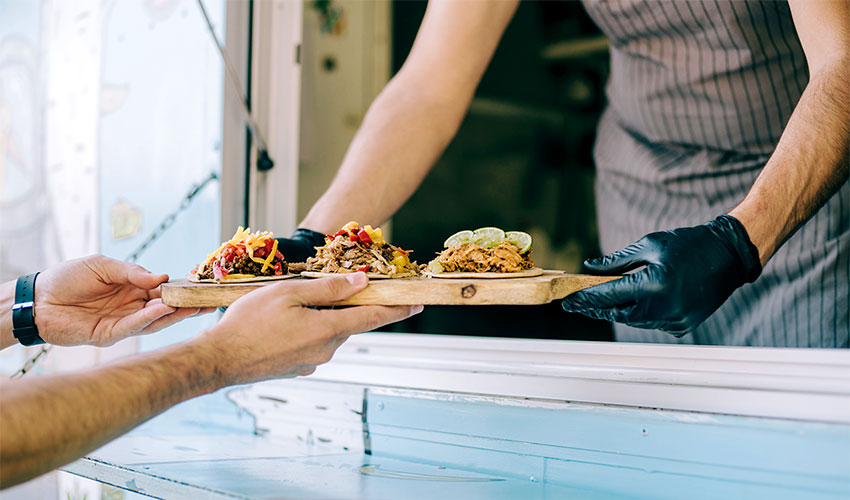
Be aware of employees at higher risk for food poisoning
Anyone can contract a foodborne illness. You should also be especially vigilant when people at higher risk for contracting foodborne illnesses are in attendance. Most working-age adults are not at higher risk for food poisoning, but there may be exceptions among your workforce. Those at higher risk for foodborne illnesses include6:
- People age 65 and older
- Children under the age of 5
- People with weakened immune systems
- Pregnant women
Remember food allergies and intolerance
Many people have food allergies, ranging from mild to severe. Those with severe allergies can experience life-threatening immune system responses to certain foods. Common food allergens include milk, eggs, seafood, tree nuts, peanuts, wheat, and soy.7
In addition, people with celiac disease and gluten intolerance become ill when they eat food with gluten. Wheat, barley, and rye contain gluten, and these common staple ingredients are often found in bread, baked goods, pasta, beer, sauces, seasonings, and other foods.
You can accommodate employees with allergies, gluten sensitivity, and other food-related medical conditions — and help keep them safe — by labeling foods, preventing cross-contamination, and offering alternative food options.
Resources
1, 4 NIH: Treatment for food poisoning; CDC: Foodborne Germs and Illnesses; The Mayo Clinic: Food Poisoning
2 North Dakota Health and Human Services: Foodborne Illnesses and Germs
3 CDC: Food Poisoning Symptoms
5 CDC: Four Steps to Food Safety: Clean, Separate, Cook, Chill
Insights and expertise
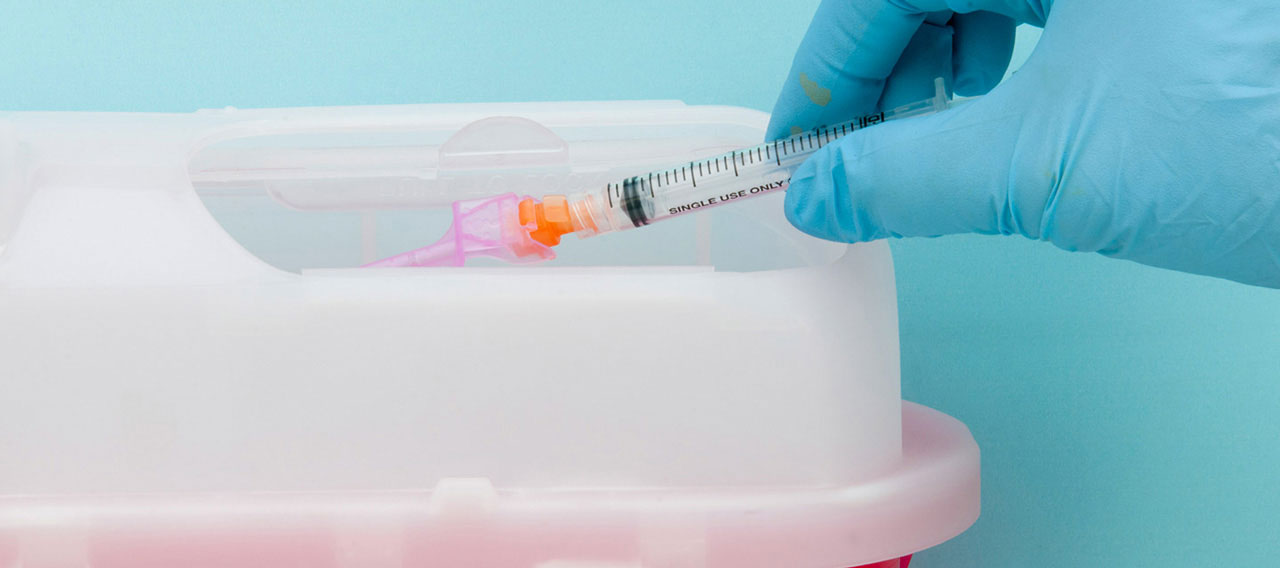
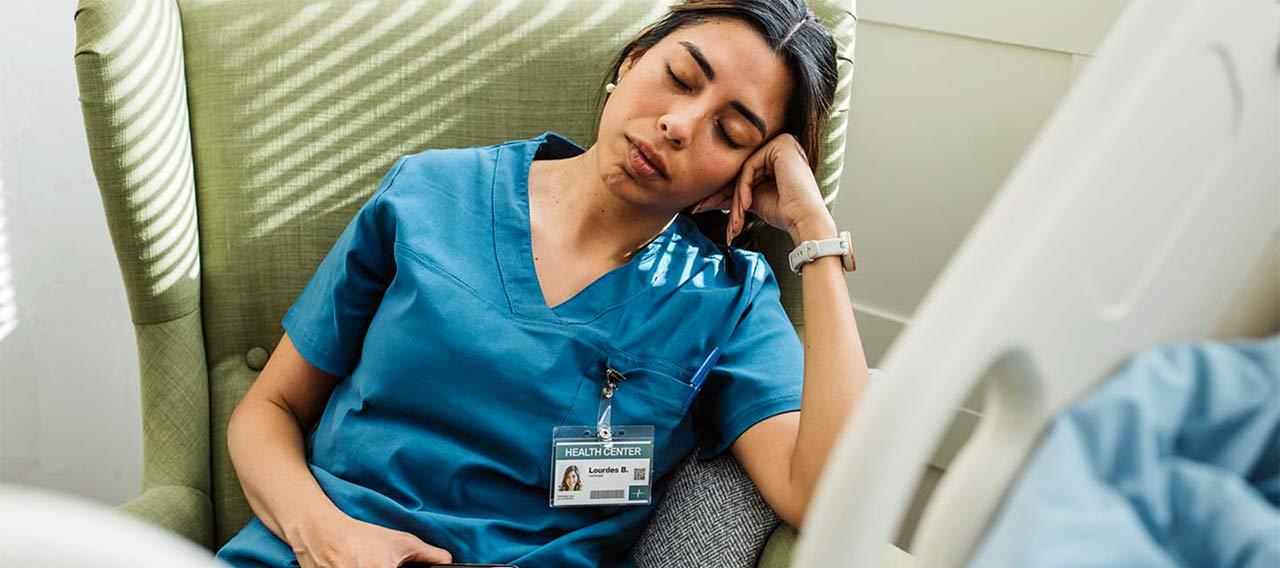

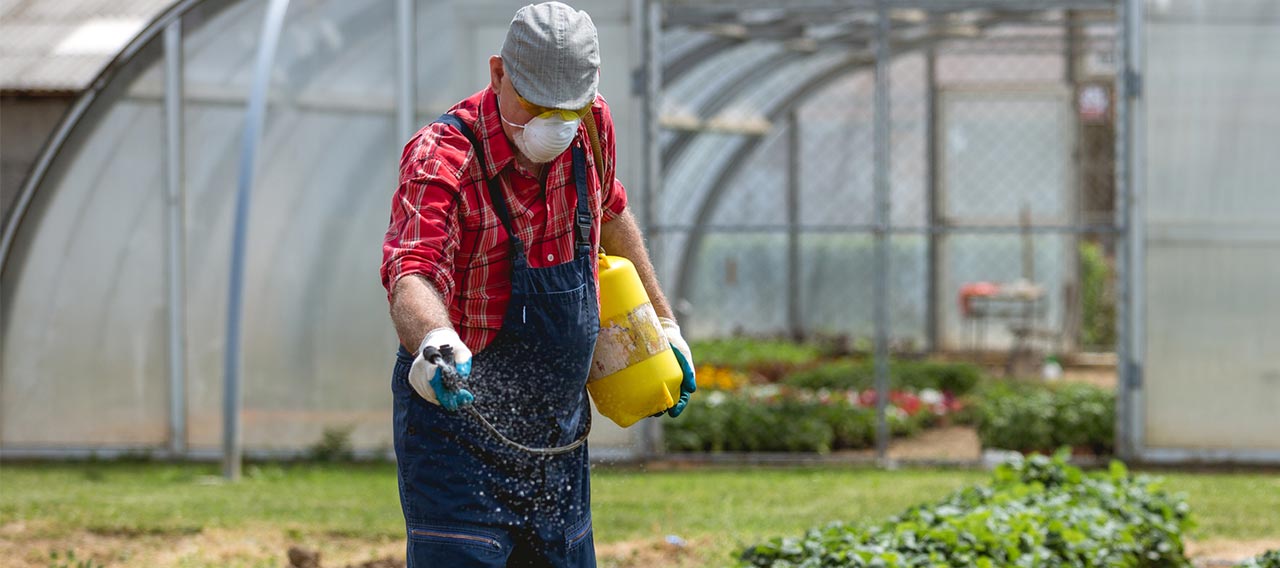



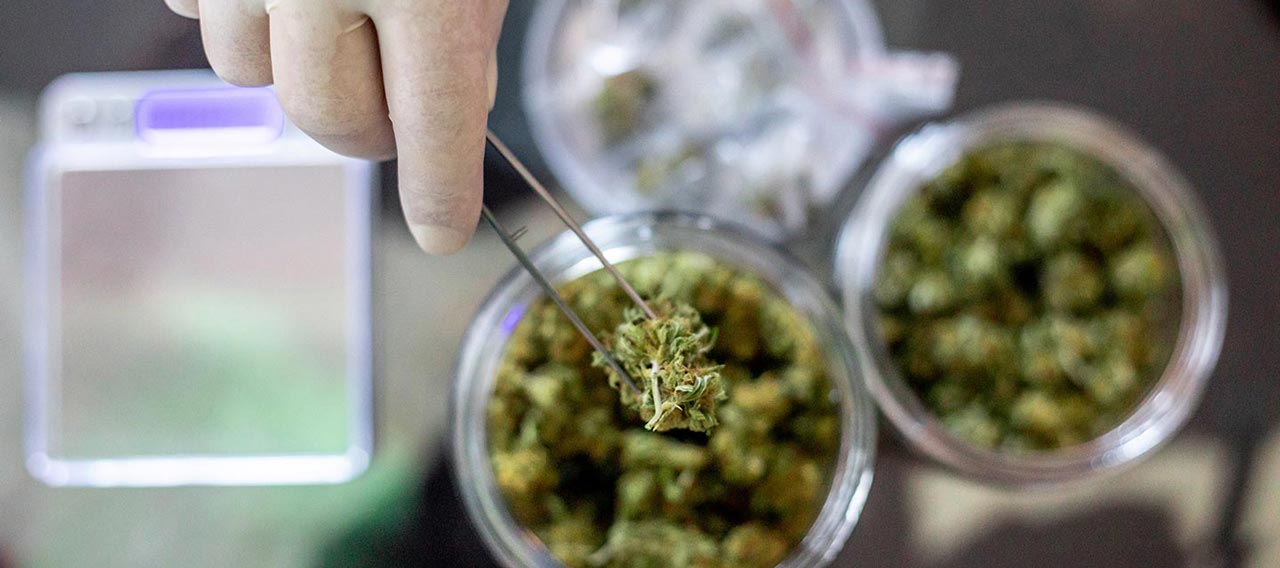
This document is advisory in nature and is offered as a resource to be used together with your professional insurance advisors in maintaining a loss prevention program. It is an overview only, and is not intended as a substitute for consultation with your insurance broker, or for legal, engineering or other professional advice.
Chubb is the marketing name used to refer to subsidiaries of Chubb Limited providing insurance and related services. For a list of these subsidiaries, please visit our website at www.chubb.com. Insurance provided by ACE American Insurance Company and its U.S. based Chubb underwriting company affiliates. All products may not be available in all states. This communication contains product summaries only. Coverage is subject to the language of the policies as actually issued. Surplus lines insurance sold only through licensed surplus lines producers. Chubb, 202 Hall's Mill Road, Whitehouse Station, NJ 08889-1600.


